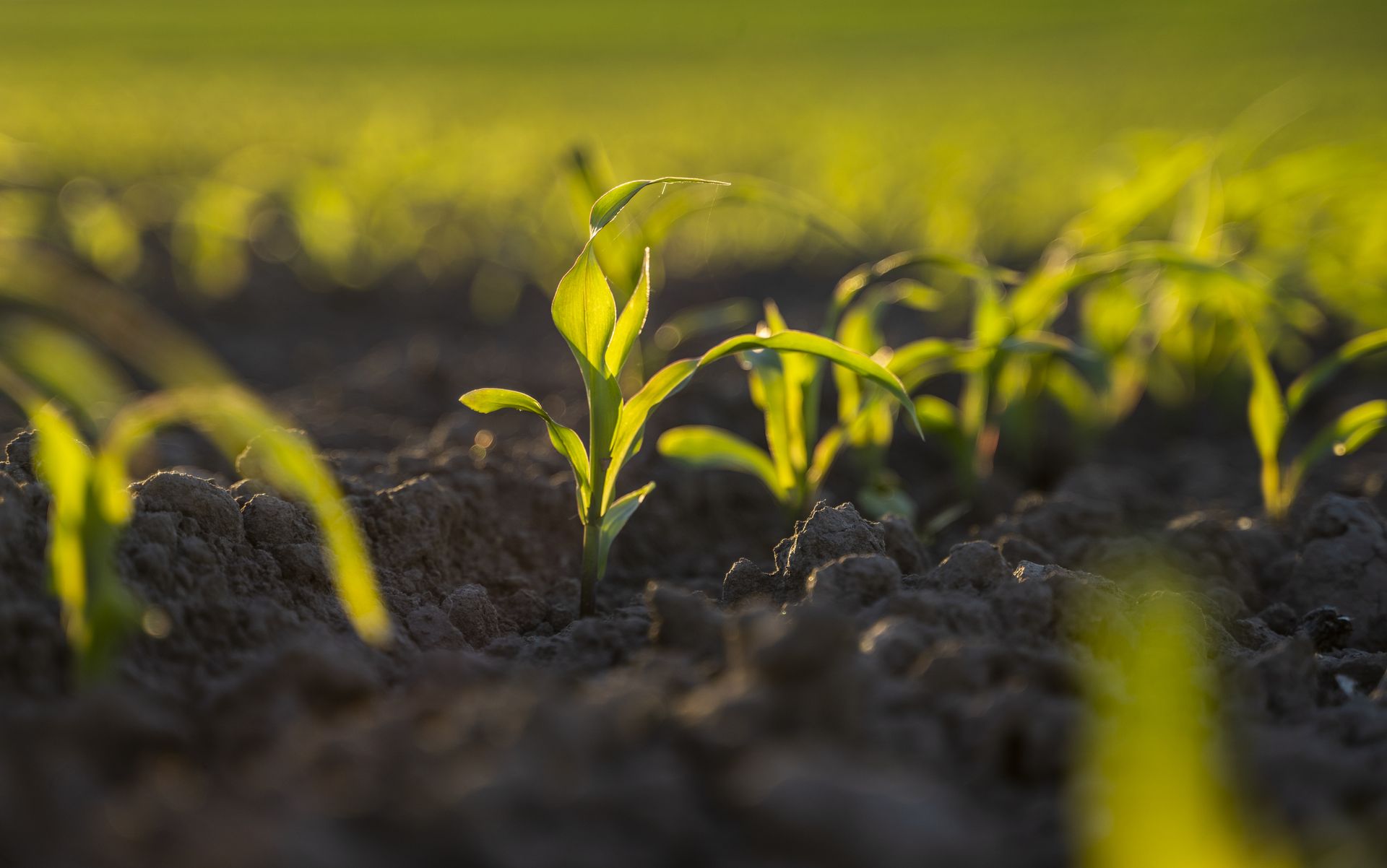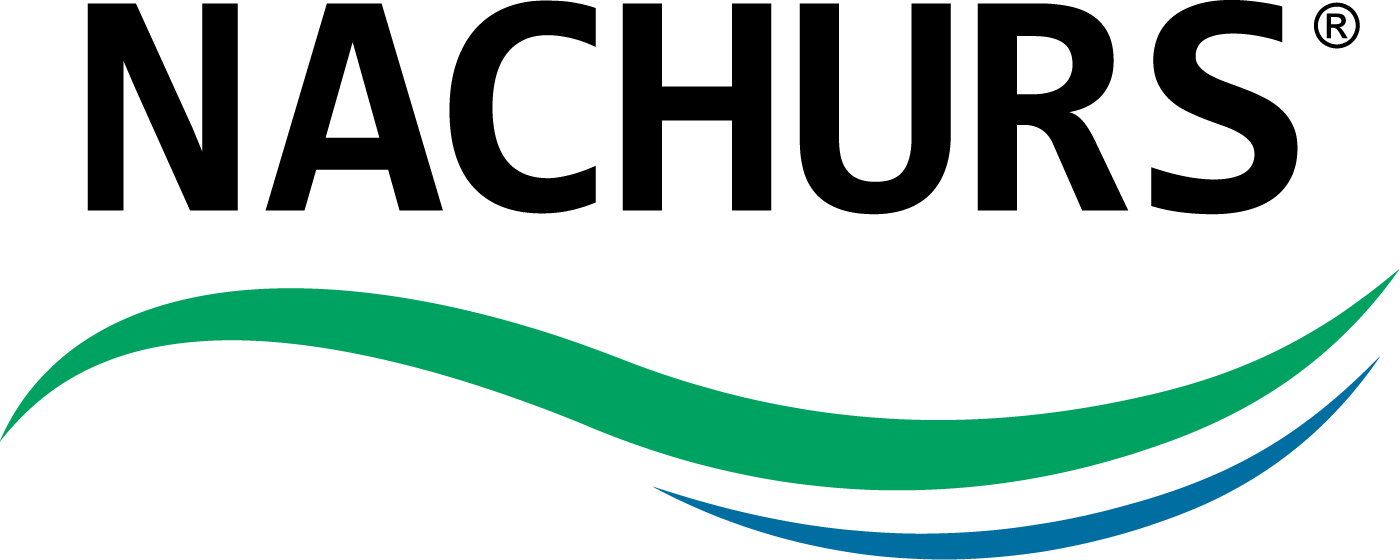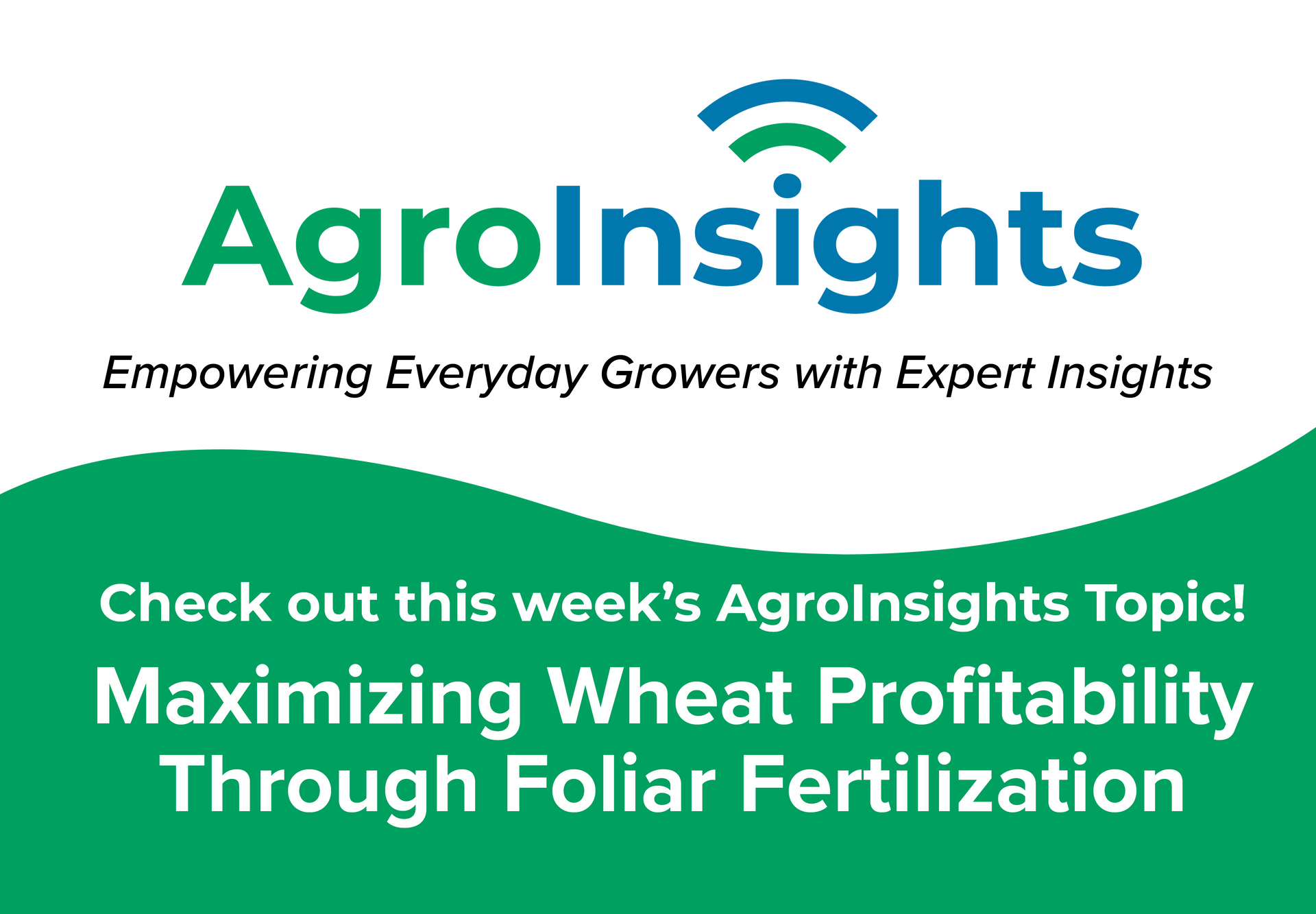AgroInsights- Regenerative Ag
A Page Out of History; the History of Sustainability and Regenerative Agriculture

Jill Herold, Sales Agronomist US West
The term sustainability is not a new one to those in agriculture, and it is a culmination of practices we’ve been doing for generations. It wasn’t until the past decade or so that the term gained popularity. It seems there are ebbs and flows for everything, and agriculture is not immune; this term cyclically pops up, and more recently, in the past decade. When only 1% of the U.S. population is involved in the production of our food for the other 99%, many misconceptions are conceived. When you ask a producer if they are sustainable (whether they grow crops or cattle), they will all tell you they are, or else they wouldn’t still be farming/ranching. At NACHURS, we like to use the saying, “The seven deadliest words are ‘We have always done it that way.’”
It’s our agricultural system and the development/advancements of the industry in the past century that have allowed the cities to multiply and thrive, forced the farms to expand to survive, and shrunk our population of those involved in agriculture…all because we got good at producing and shipping food/feed/fuel/fiber more efficiently. You’ll find the agriculture industry is a relatively young industry that has had to grow up fast. Using history as a lesson, one example we are still learning from occurred in the 1930’s, the Great Dust Bowl. Many farmers were eager to put steel in the ground, over plant, and over grazing. https://www.usda.gov/media/blog/2012/11/16/pbs-film-explores-history-dust-bowl-and-founding-usda-agency
Yet, out of disaster came a huge paradigm shift and the creation of the Soil Conservation Service (later became the NRCS). Farmers and ranchers at the time became overwhelmingly attentive to the importance of their soil. Today, these practices still hold true; soil conservation is incredibly important to sustainable production.
The definition of ‘Sustainability’ is different for everyday folks, to those in the supply chain and among growers. It is a term all too easily tossed around, a term that has escaped the agricultural community that we are letting those removed from the farm decide what and how it is defined. To add to the confusion, we now have the next popular term, ‘Regenerative Ag.’ Take all the meaning of ‘Sustainability’ and add a more holistic approach that includes biodiversity and using practices with and through nature. You get ‘Regenerative Agriculture.’ I recently traveled to southern Colorado, where I found cattle grazing crop fields (both cover crop and grain stubble), a perfect picture and the epitome of Regenerative Agriculture. This is a call to action for all those involved. Let us not have this term defined for us.
NACHURS fit into the Regenerative Ag space. Since 1946, our fertilizers can reduce overall dry fertilizer use to produce more marketable yield, and we can reduce the salt content in soils for microbes to thrive; our carbon footprint to produce our fertilizers is one of the lowest in the industry.
Contact your local NACHURS® rep or retailer for more information.












